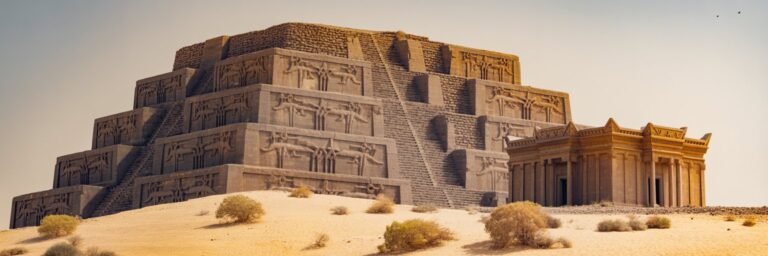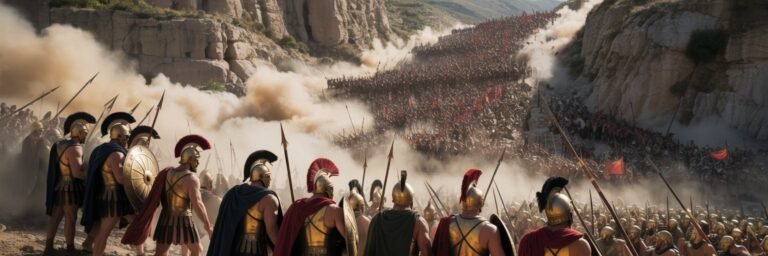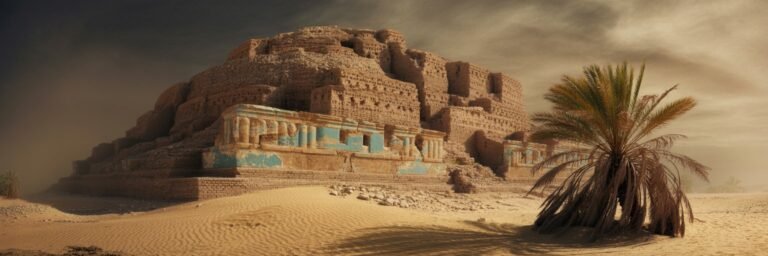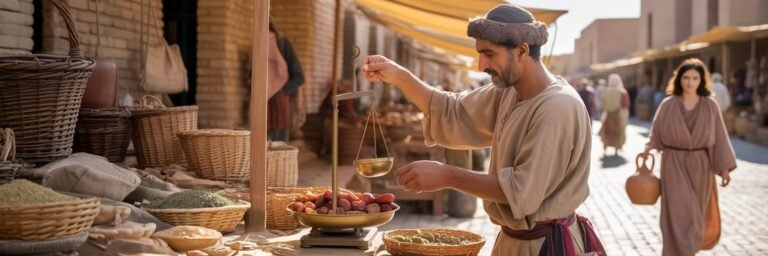INTRODUCTION
Undoubtedly, humanity’s historical journey is painted with vastly different cultures, eras, and civilizations each boasting its idiosyncratic practices, beliefs, and lifestyles. However, it is the timeless relic of everyday life within these civilizations that stirs an insatiable curiosity in the thirsty minds of historians, sociologists, and inquisitive individuals alike. Beyond the grandiose monuments, splendid architecture, and monumental historical events, the true essence of a civilization lies in the mundane routines, the seemingly inconsequential day-to-day activities we often overlook. This article delves deeper into the captivating inquiry of everyday life in the time of ancient civilizations.
HISTORICAL BACKGROUND
Centuries ago, many of these awe-inspiring civilizations, including the Egyptians, Mayans, Romans, and the Greeks, to name a few, penned down chapters in history that still continue to enthrall and perplex the scholars of the 21st century.
Consider Egypt, with a history dating back to 3100 BC when the upper and lower kingdoms were unified under the rule of Pharaoh Menes. Its people led lives dictated predominantly by the paces of the great Nile River. Agriculture was central to their existence, their meals consisting mostly of barley-based bread and beer, with occasional portions of vegetable or meat.
The Greeks were renowned for their appreciation of the arts, philosophy, and sports, famously originating the Olympic games in 776 BC. Their societal structure was complex, with roles neatly divided among free men, slaves, and women.
The Romans, on the other hand, were a study in contrasts. While the rich luxuriated in sprawling, luxuriously decked villas, the lesser-off had to make do with insulae, cramped apartments often deficient in basic amenities.
Every civilization, in essence, had its defining characteristics that set apart its daily life from others.
THEORIES AND INTERPRETATIONS
The vast plethora of historical data and artifacts offer diverse interpretations of everyday life in these civilizations. Egyptian hieroglyphics, Greek pottery, and Roman texts provide fascinating glimpses into their respective cultures.
By studying findings such as Tutankhamun’s tomb and Rosetta Stone, Egyptologists theorize that Ancient Egyptians led highly religious lives, their daily routines held captive under the dictates of deities and livelihood largely dependent on agriculture and trade.
Socrates’ dialogues and Aristotle’s philosophy shed light on Greek life, where symposiums – social gatherings of the free men – were customary, and debates on diverse topics were a common routine. Ancient Olympic games throw light on their appreciation for the human physique and athletic prowess.
Roman graffiti and texts point to their obsession with public life – the Forum, the baths, and the Colosseum were bustling hubs of their social life.
MYSTERIES AND CONTROVERSIES
The everyday life of ancient civilizations is enshrouded in a veil of mystery and controversy, mainly due to our reliance on limited sources and inevitable conjectures. The intricacies of Mayan lifestyle, for instance, are still much of an enigma, with their sudden disappearance adding to the mystery.
The debate over the role and status of women in these civilizations is of perennial interest to historians. In Rome, the conventional belief that women held subordinate roles has been recently contradicted by finds such as the tomb of the wealthy woman Naevoleia Tyche, suggesting the existence of influential women.
SYMBOLISM AND CULTURAL SIGNIFICANCE
Everyday practices in these ancient societies carried immense symbolic and cultural significance. Egyptians considered the Nile an embodiment of the god Hapi, and its flooding symbolized his majesty. Thus, every activity, from planting crops to fishing, was performed with religious fervour.
The Greek practice of symposiums was not just about merry-making, but a cultural institution signifying civic unity and intellectual development.
MODERN INVESTIGATIONS
Modern investigations into the everyday life of these civilizations have largely been conducted through archaeological excavations and interpretations of ancient texts. Technology has significantly aided these efforts – aerial imagery, for instance, has revealed unrecognized Egyptian and Mayan structures, presenting potential for further deep-dives into their daily courses.
Digital recreations based on archaeological finds have been used, providing insights into the architectural features of Greek houses, public spaces such as the Roman Forum, and details of city planning such as roads, aqueducts, and bathhouses.
DNA studies are another exciting prospect, shedding light on various aspects such as health, diet, and familial ties within these societies.
LEGACY AND CONCLUSION
The everyday life of these ancient civilizations provides valuable insights into humanity’s evolution, our socio-cultural development and patterns. The civilization’s distinctness has significantly contributed to the diversity we see today.
Modern democracies owe much to the Athenian concept of ‘demos’ governance, while our architectural aesthetics still finds inspiration in the grandeur of Egyptian pyramids and Roman arches. Their communal bathing practices have metamorphosed into our gyms and spas, and the Greek leisurely symposiums have morphed into our social gatherings. We continue to learn from, live by, and indeed live in, the remnants of these ancient civilizations.
Even as we dig deeper into our roots, deciphering the myriad dimensions of everyday life in the time of ancient civilizations, we uncover more paths leading us further into historical mysteries, emphasizing how much there still is to explore and retrieve from the obscured crannies of our forgotten past. They are the undying testament to mankind’s journey, perennially reminding us of who we are and whence we came. Because history, after all, is not merely the story about those who lived before us, but an immortal saga of us.






